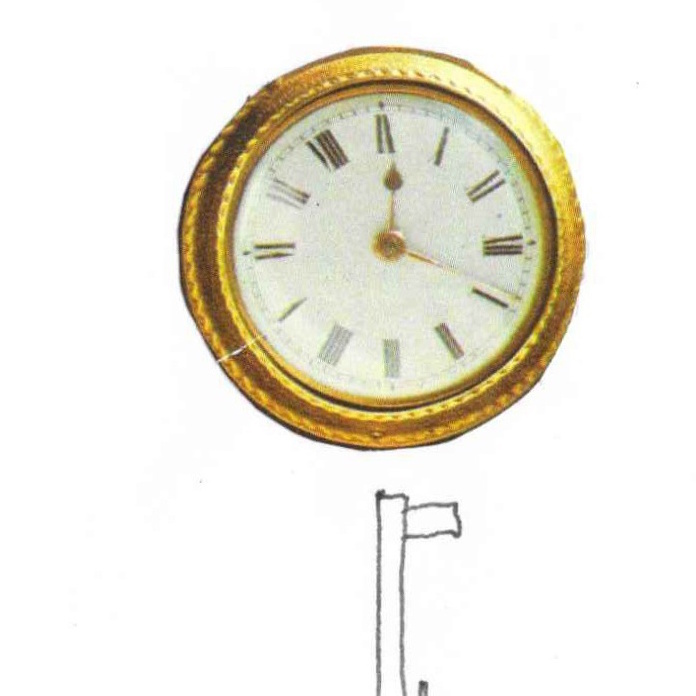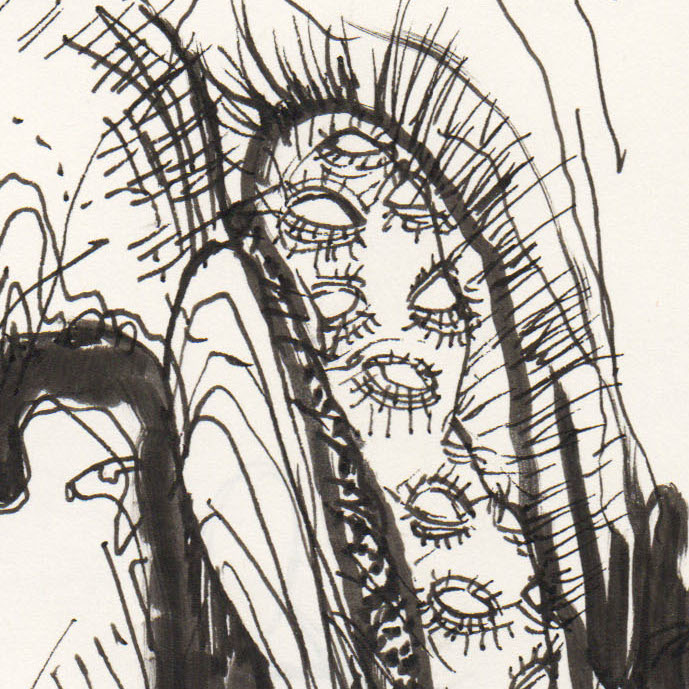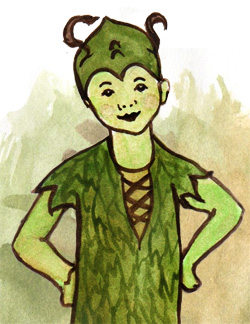Staging the Temporality of Trauma: Vern Thiessen’s Vimy as an Exploration of the Reach of Traumatic Memory Academic Essay by Jamie Donicci Vern Thiessen’s 2007 play, Vimy, is a poignant and nuanced representation of the processes of traumatic memory. In Vimy, Thiessen stages the story of five veterans of the Battle of Vimy Ridge and
TagAcademic Essay
“What Breaks Your Heart” Academic Essay by Will Munro
What Breaks Your Heart by William Munro We shouldn’t give creatures names. It’s the name that breaks your heart. — Rose Tremain, Sacred Country, 308. My name is William; I’m sick; I’m dangerous. I was twelve years old when I was first determined to be “mentally ill”. An authority figure gave my vague
“The Pharmakon and Narratives of Cultural Identity: Reading Derrida in Lowe” academic essay by Kai Ying Chieh
The Pharmakon and Narratives of Cultural Identity: Reading Derrida in Lowe academic essay by Kai Ying Chieh Lisa Lowe’s account of the relationship between the system of transnational capitalism and the intersecting subjective narratives of Asian immigrant and Asian American women labouring within this system works in a critical tradition that values plurality and ambiguity.
““What a beautiful day for an Eschaton”: Game Logic and the Short-Circuit of Meaning” academic essay by Rob Patterson
“What a beautiful day for an Eschaton”: Game Logic and the Short-Circuit of Meaning academic essay by Rob Patterson On a snow-filled Interdependence Day, the final foreseeable round of Enfield Tennis Academy’s homegrown game Eschaton is played. It is by far the most complicated and descriptively dense game within the text, which is notable
“A Stasis in Motion: Wordsworth’s Poetics” academic essay by Reuben Jentink
A Stasis in Motion: Wordsworth’s Poetics academic essay by Reuben Jentink William Wordsworth’s “The Complaint of a Forsaken Indian Woman” is “concerned with the variations” (Simpson xi) in perspectival positionality. For David Simpson, “it is the mind that sees, not the eye” (xi). The forsaken woman’s “perspectival” death-song is a dialectic between, on the one
“”Small, fierce, and restless eyes”: Stereotype and Hybridity in Thomas De Quincey’s Confessions of an English Opium-Eater” academic essay by Kelly O’Connor
“Small, fierce, and restless eyes”: Stereotype and Hybridity in Thomas De Quincey’s Confessions of an English Opium-Eater academic essay by Kelly O’Connor “Thou hast the keys of Paradise, oh, just, subtle, and mighty opium!” exclaims Thomas De Quincey as he concludes the chapter on “The Pleasures of Opium” in Confessions of an English Opium-Eater (55).
“Queering Fear” academic essay by Tristen Kiri Brudy
Queering Fear: The Danger of Normality in J.M. Barrie’s Peter and Wendy and Jeanette Winterson’s Oranges Are Not the Only Fruit academic essay by Tristen Kiri Brudy Western society, the legal system and families are traditionally geared to protect children in order to properly prepare them for life as adults. The idea of putting
“Humanity as History, Not Science” academic essay by Ainslie Fowler
Humanity as History, Not Science: The Reconstruction of Culture through Crake’s Misanthropy in Margaret Atwood’s Oryx and Crake essay by Ainslie Fowler Margaret Atwood’s novel Oryx and Crake oscillates between the post-apocalyptic world of Snowman and the Crakers and the disparate communities of the Compounds and the Pleeblands. Atwood’s pre-apocalyptic setting is an extreme
“Re-verseing Space/Creating Norma(lcy)” essay by Daniel Swenson
Re-verseing Space/Creating Norma(lcy) essay by Daniel Swenson The 1950s exist in a space of contemporary thought that is stagnant and unchanging in time. The popular American images of poodle skirts, brylcreem, plastic bracelets and aviators reinforce and reward an image of gleaming surface. Heteropatriarchal gender roles were not just mere scripts that people noted
“Keats’s ‘The Eve of St. Agnes:’ A Consumerist Fantasy” essay by Allison Birt
Keats’s “The Eve of St. Agnes”: A Consumerist Fantasy essay by Allison Birt Nineteenth century London witnessed an exponential increase in the number and variety of shops available to its citizens. Goods from Britain’s growing colonial empire and increasingly sophisticated manufacturing sector filled these shops with ready-made luxury items that were very popular among
“Holiness, Whole-ness and Holes” essay by Stephanie Airth
Holiness, Whole-ness and Holes An Exploration of the Protestant Journey in Book One of Edmund Spenser’s The Faerie Queene essay by Stephanie Airth Throughout Book One of Edmund Spenser’s The Faerie Queene, the Red Cross Knight’s progression from an unproven, proud knight to the “patron of true holinesse” (1.1 Argument) reflects the Protestant journey
“What the Dead Know” essay by Chelsea Pratt
What the Dead Know: Political and Personal Corpses in Orwell’s Nineteen Eighty-Four essay by Chelsea Pratt . Seeping ulcers, naked bodies, tortured forms: as intellectual as George Orwell’s Nineteen Eighty-Four might seem, it also draws heavily on the corporeal aspects of human existence. In fact, the individual body often serves to emblematize Oceania itself: the
“The Book of Shells and Stones” essay by Javier Ibanez
The Book of Shells and Stones: A Reading of Wordsworth’s Dream of the Arab essay by Javier Ibáñez . Book V of William Wordsworth’s The Prelude opens with a lament over the fact that the mind does not have “[s]ome element to stamp her image on / In nature somewhat nearer to her own,” but
“The Geography of Pain” essay by Genevieve Barrons
The Geography of Pain Exploring the relationship between places and people in Virginia Woolf’s Mrs. Dalloway and Ernest Hemingway’s The Sun Also Rises. essay by Genevieve Barrons . The phrase “lost generation”—as used by Ernest Hemingway in the epigraph to The Sun Also Rises—refers to a state of political and spiritual crisis. However, at
“Her Father’s Daughter: Locating the Maternal in Shakespeare’s King Lear” – essay by Chelsea Pratt
Her Father’s Daughter: Locating the Maternal in Shakespeare’s King Lear essay by Chelsea Pratt . Opening with a jocular account of extramarital pregnancy, the language of female reproduction permeates the whole of King Lear. Despite these linguistic invocations, the maternal body remains physically absent on stage: the princesses’ mother has passed away before the action







